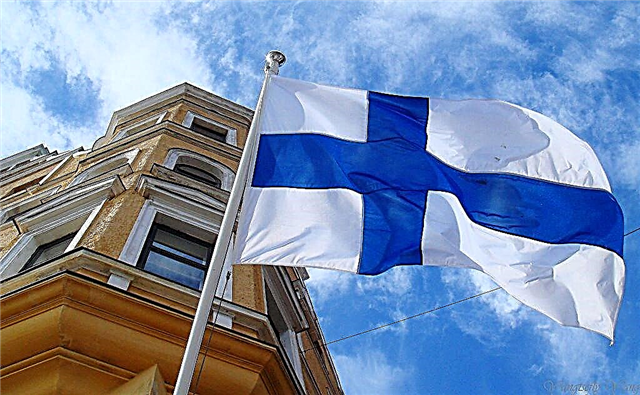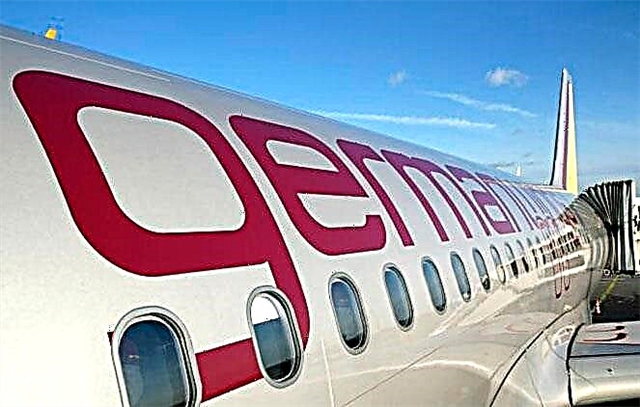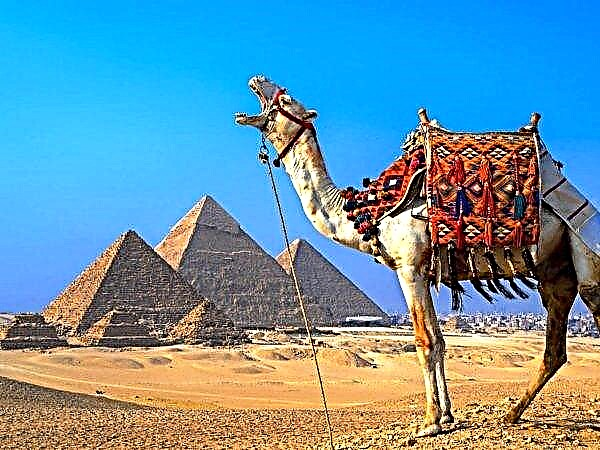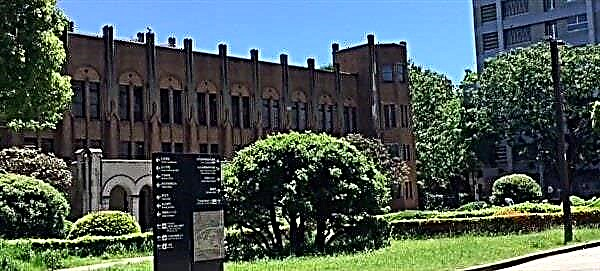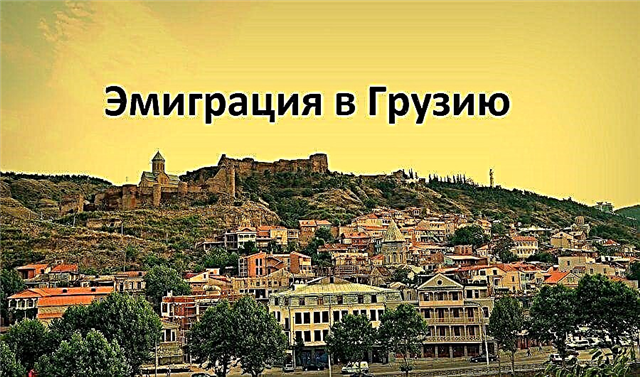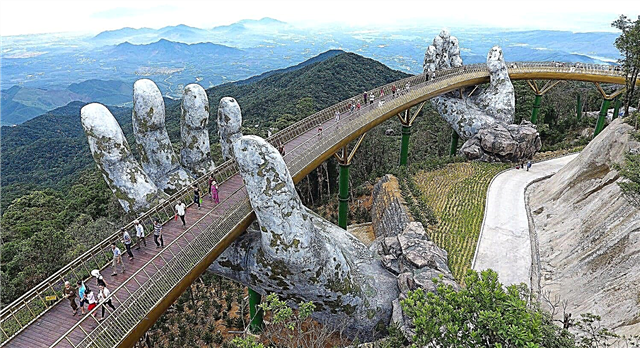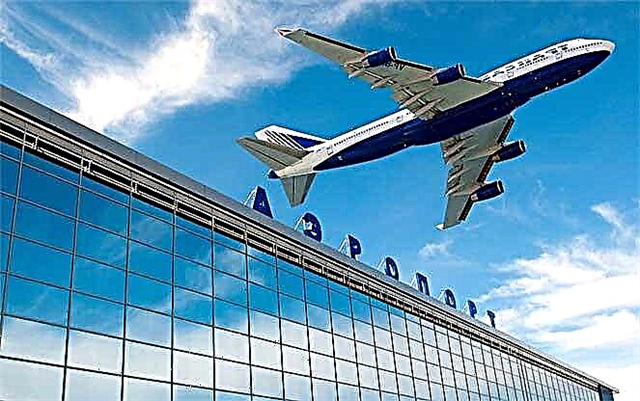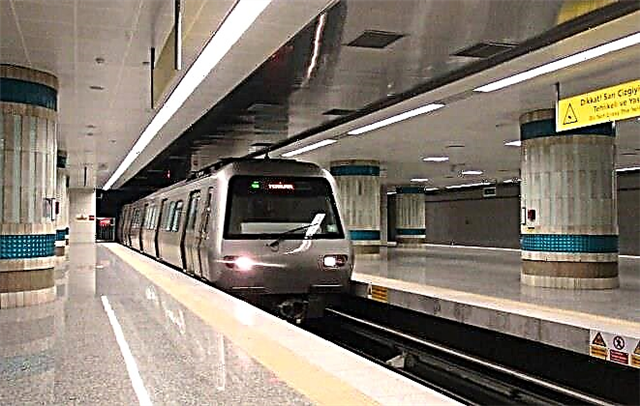Constantinople, Constantinople ─ this city has a lot of names, but the multifaceted capital of Turkey is not only a major center of tourism. It is a rapidly growing metropolis with a huge tourist flow and acute transport problems. The Istanbul Metro has a key role to play in solving these problems. The Turkish government and the city's municipality are making great efforts to build a modern system, mainly underground, which already today reliably connects the European and Asian parts of the city and carries over 300 million passengers a year.

Milestones of the Istanbul Subway
The subway appeared here in the 19th century. The underground funicular Tünel opened in 1875. The 573 m long line with two stations with a height difference of 61 m is an important part of urban transport. Until the 60s of the last century, a steam locomotive ran here, and only in 1971 an electric traction appeared.
In the 60s, it was decided to build a metro. The work began in 1992 with an open-cut method due to the seismic hazard; it was carried out very slowly due to the abundance of archaeological sites. But Istanbul metro is not afraid of a 9-point earthquake.
- In 1989, the first light metro line (Hafif Metro - M1) stretched from Aksaray (a microdistrict in Istanbul) to the western outskirts. After 10 years, it was extended to the airport. Ataturk.
- In 1992, construction began on the second line. In 2021, this line was extended through the Golden Horn (the bay that flows into the Bosphorus) by a metro bridge.
- In 2006, construction began on the third line, which was commissioned seven years later.
- The first line in the Asian part opened in 2021. In the same year, work began on the fifth line, and the sixth opened in 2021.
- So far, the metro has six lines with a length of 105 km and 79 stations. It is planned to launch the seventh line with a length of 18 km with 15 stations until 2021, which will connect branches 2 and 3 in the northern part of the city.
The uniqueness of the Istanbul subway is that it passes through the Marmaray tunnel, which connects the eastern and Asian parts of the city. In fact, this is a subway under water, at a depth of up to 60 m. In terms of depth, the Marmaray tunnel is second only to the Japanese Seikan.
Line diagram
Line М1 (red in the diagram) includes two branches:
- M1ᴀ with a length of 20.3 km and 18 stations, 7 of which are underground. The journey from end to end takes 35 minutes.
- M1ʙ is 14 km long and has 3 stations. Travel time between the last ones is 25 minutes.
The line operates 170 daily train runs of ABB Group production. Passenger traffic ─ 400 thousand people / day. During peak hours, the interval of movement is 2.5 minutes. The line connects the southwest and the city center.
An overview map of the Istanbul metro with city lines of tram, electric train and metro bus is presented below.

M2 (green) connects the north and the center of the European part of the city. It has a length of 23.5 km and 16 stations. Hyundai trains run here. Passenger traffic ─ 320 thousand people / day.
M3 (blue) has a length of 16 km and 11 stations. Runs through the center. The trains of the French company Alstom (20 units) run here every 6.5 minutes. 70 thousand passengers are transported per hour.
M4 (pink) runs entirely underground in the Asian part under the D100 highway parallel to the Istanbul-Ankara railway. It has a length of 26.5 km and 19 stations, 3 of which are under construction. About 140 thousand passengers are transported here every day. The road between the end stations takes 1 hour 5 minutes.
When the Marmaray tunnel under the Bosphorus opened in 2021, an interchange station "Airylyk Cheshmezi" appeared on the line, through which you can get to the European districts of the Turkish capital. The interval of movement is 4 minutes.
M5 (purple) ─ the second line in the Asian part. It crosses the city from east to west, has a length of 10 km and 9 stations with automatic platform gates. You can pass the branch in 32 minutes. The interval of movement is 8 minutes. 180 thousand people are transported here every day.
M6 (brown) is the shortest, completely underground. The length of the line is only 3.3 km, the number of stations is 4, the maximum travel time between them is 7 minutes. The interval of movement during peak hours is 5 minutes. Connects the M2 line with the Bosphorus University.
The Istanbul metro map with the service capabilities of the stations looks like this.

The seventh line is not yet on the maps. The development plan can be found in the diagram below.

List of stations
The list of stations serving both branches of the M1 line is as follows:
- “Yenikapi” ─ transfer: M2, “Marmaray”, İDO.
- “Aksaray” ─ transfer: T1.
- "Emniet Fatih".
- “Topkapi Ulubatli” - transfer: T4.
- Bayrampasha Maltepe.
- "Sagmaljilar".
- "Kocatepe".
- Otogar.
Yenikapi station is not only the oldest, but also the main transport link. The following stations are located on the M1ᴀ line:
- "Terazidere".
- “Davutpasha UTU”.
- “Merter” ─ transfer: metro-bass.
- “Zeytinburnu” ─ transfer: T1, Metrobüs.
- "Bakirkoy Incirli".
- “Bahchelievler” ─ transfer: metro-bass.
- “Atakoy-Shirinevler” ─ transfer: metro-bass.
- "Yenibosna".
- “DTM Istanbul Fuar Merkezi”.
- Ataturk Hawalimani is an airport.
The following stations are located on M1ʙ:
- Esenler.
- "Menderes".
- "I will study".
- “Bagcilar Meydan” ─ transfer: T1.
- “Kirazli” ─ transfer: M3.
The diagram is shown below.

The following Istanbul metro stations can be found on the M2 line:
- "Hajyosman".
- "Daryushshafaka".
- “Ataturk Oto Sanayi”.
- “ITU Ayazaga”.
- “Seyrantepe”.
- Sanayi Mahallesi.
- “4 Levent”.
- Levent ─ transfer: M6.
- “Geyrettepe” ─ transfer: metro-bass.
- “Shishli Medzhikkoy” - transfer: M7, metro-bass.
- "Osmanbey".
- “Taksim” ─ transfer: F1, T2.
- “Shishkhane” ─ transfer: F2, T2.
- "Halich".
- Weznedgiler ─ transfer: T1.
- “Yenikapi” ─ transfer: M1ᴀ, M1ʙ, Marmaray, İDO.
The diagram is shown in the photo below.

The third line includes stations:
- “Metrokent Basaksehir”.
- "Bashak Konutlari".
- "Siteler".
- "Turgut Ozal".
- “Olympiyat”.
- “Zia Gokalp Mahallesi”.
- “Ikitelli Sanayi”.
- "Source".
- "Mahmutbey".
- "Yeni Mahalla".
- “Kirazli” ─ transfer: M1ʙ.
On the M4 line there are:
- “Kadikoy” ─ transfer: T3, İDO.
- “Airilik Cheshmesi” ─ transfer: Marmaray.
- "Acibadem".
- “Yunalan” ─ transfer: metro-bass.
- "Goztepe".
- "Yenisakhra".
- "Koziataji".
- "Boshtanci".
- "Kucukiaili".
- Maltepe.
- "Khusurevi".
- "Gulsuyu".
- "Esenkent".
- “Hastane Adliye”.
- "Sojanlyk".
- "Kartal".
Istanbul Metro is not yet using Yakacık, Pendik and Kaynarca stations. The fifth line has the following stations:
- “Yushkudar” ─ transfer: Marmaray.
- "Fistikajachi".
- “Baglarbashi”.
- Altunzade ─ transfer: metro-bass.
- "Kisikli".
- Bulgurlu.
- “Die”.
- "Charshi".
- "Yamanevler".
- "Chakmak".
- “Ilamurkuyu”.
- "Altynshehir".
- "Imam Hatip".
- “Dudullu”.
- "Nejip Fazil".
- "Chekmekoy".
On the M6 you can use the stations:
- Levent ─ transfer: M2.
- "Nispetiye".
- "Etiler".
- Bojazichi Universitesi.
Fare
Payment for travel in Istanbul is possible in several ways:
- using a token worth 5 lire, valid only on the line on which it was purchased (you can buy it from the Jetonmatik machine);
- one-time ticket: full price ─ 2.6, student ─ 1.35, social ─ 1.85 lira;
- by means of an electronic ticket Electronic Ticket Istanbulcard, the price of which depends on the number of passes in the metro: once ─ 5, two ─ 8 lira, three ─ 11; five ─ 17, ten ─ 32 lira;
- with a universal blue Mavi Istanbulcard worth 205 liras for 180 uses.
A few words about how to buy a metro ticket in Istanbul. Tokens are available from vending machines at every metro station that accept coins and banknotes. Istambulkart can be bought from vending machines at some stations and from kiosks throughout the city. Replenishment is possible at points of sale and vending machines at many stations (only bills are accepted). Children under 6 years old are carried free of charge.

Schedule
It is important for a tourist to understand how many hours the metro operates in Istanbul, so as not to be late for the airport, hotel or save on travel. All lines, with the exception of the second, open at 6 am, close at midnight. The M2 line starts operating a quarter of an hour later.Opening hours: 06.15 ─ 24.00.
On the official portal www.metro.istanbul in the Timetables section, you can determine the departure time from each station or along a specific route. The Istanbul metro timetable in our usual sense (in print) is not used.
To find out when you need to be on the apron, you should open the website, select a line, station (or route), time (now - now or later - later) and activate the search. Here you can also find out the departure time of the first and last train from a particular station.
During official public holidays and on weekends, the work schedule changes, and passengers are informed about this on the company's website.
Popular questions
Tourists need to have time to see everything, visit everywhere ─ both in the market, and in shops, and near historical sights. And I want to do it without extra cost.
Taxis are expensive everywhere. Istanbul is no exception, so it is worth using public transport, in particular the metro. Here are the answers to the most common questions.
- How to get from Ataturk Airport to Sultanahmet, the historical center of Istanbul? Take the metro (red line) to Zeytinburnu station, get off, change to a tram and follow to Sultanahmet station.
- How to get to Taksim Square? From the airport, take the metro along the red line to Yenikapi station, then change to the green line and get off at the final stop. The Havabus express bus runs here from the airport.
- How to get to Istiklal Street? You need to get off at the Yenikapi or Ak-Saray stations and walk a little.
- Is there a mobile app with metro maps? Yes, Google Play and the AppStore offer this option. Metro Istanbul app is free, supports Russian.
Conclusion
It is not difficult to figure out how to use the metro in Istanbul. Thanks to the metro, you will forget about taxis with their high prices and traffic jams, city heat and stuffiness. Knowing the scheme of the Istanbul metro, the list of stations and the fare, you can move around the metropolis easily, inexpensively, and most importantly - quickly and comfortably.

